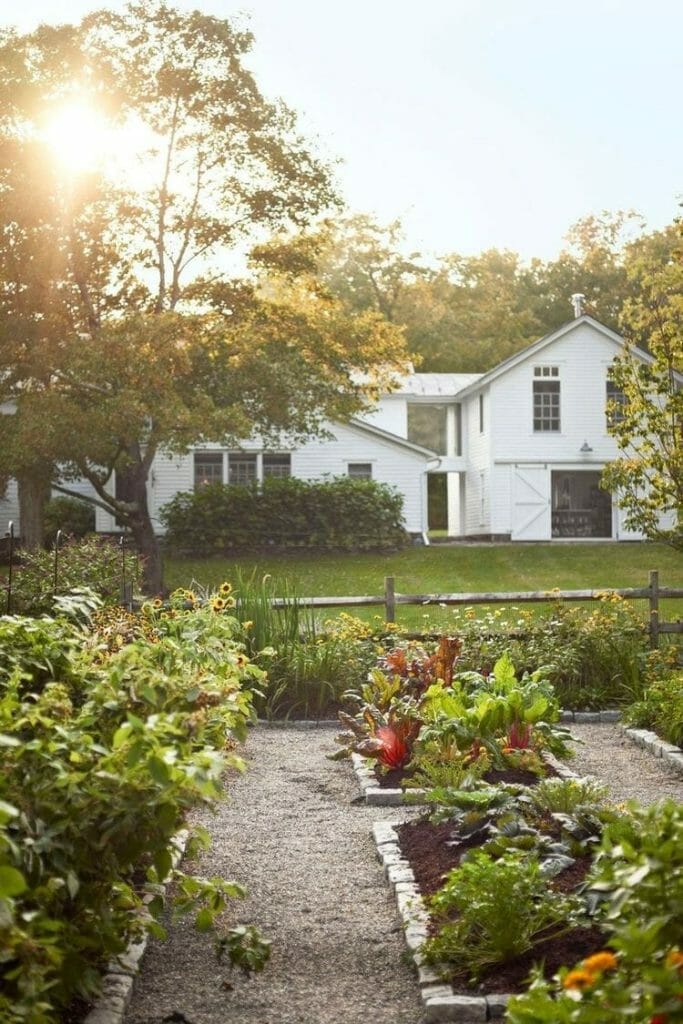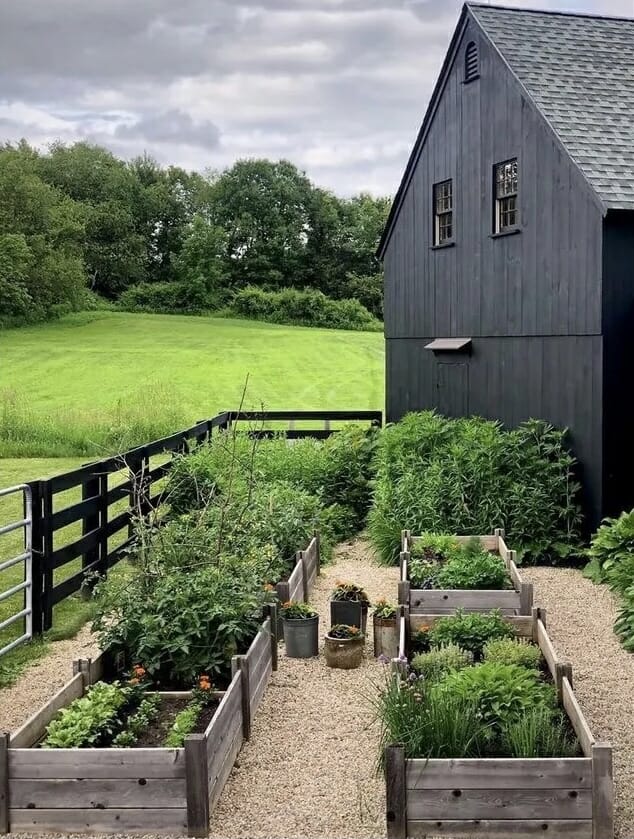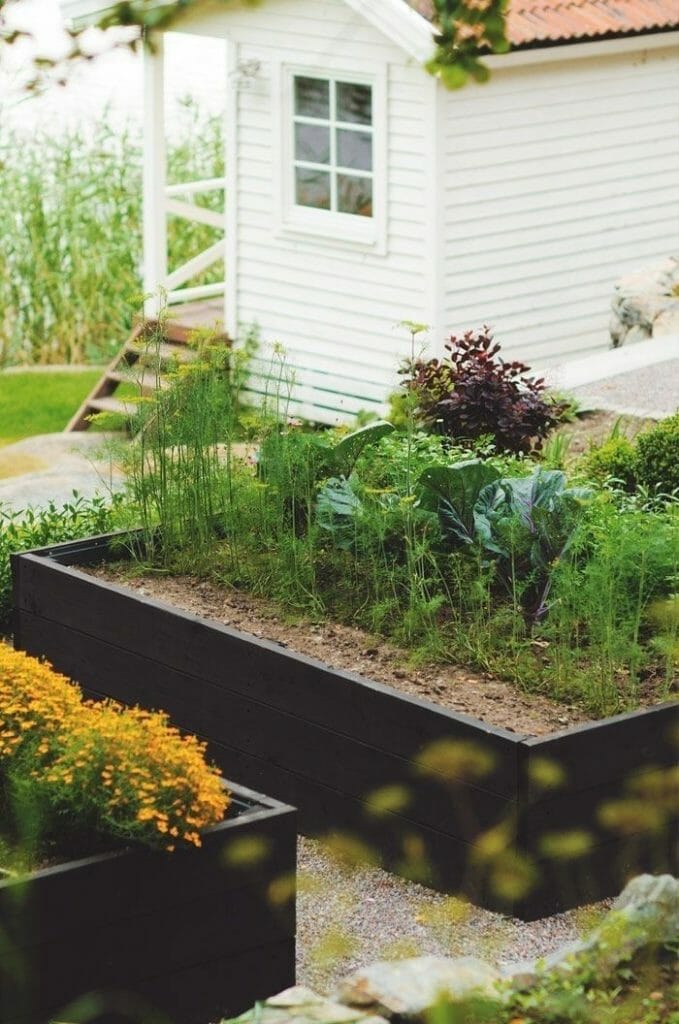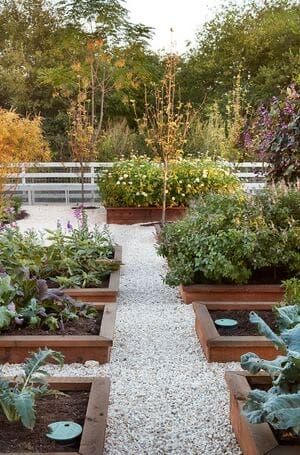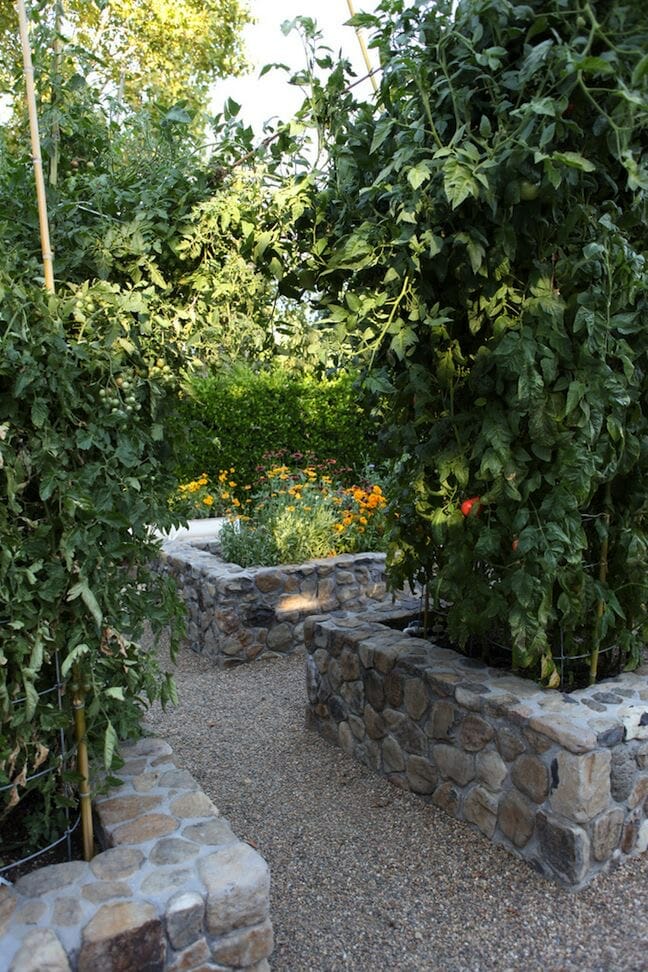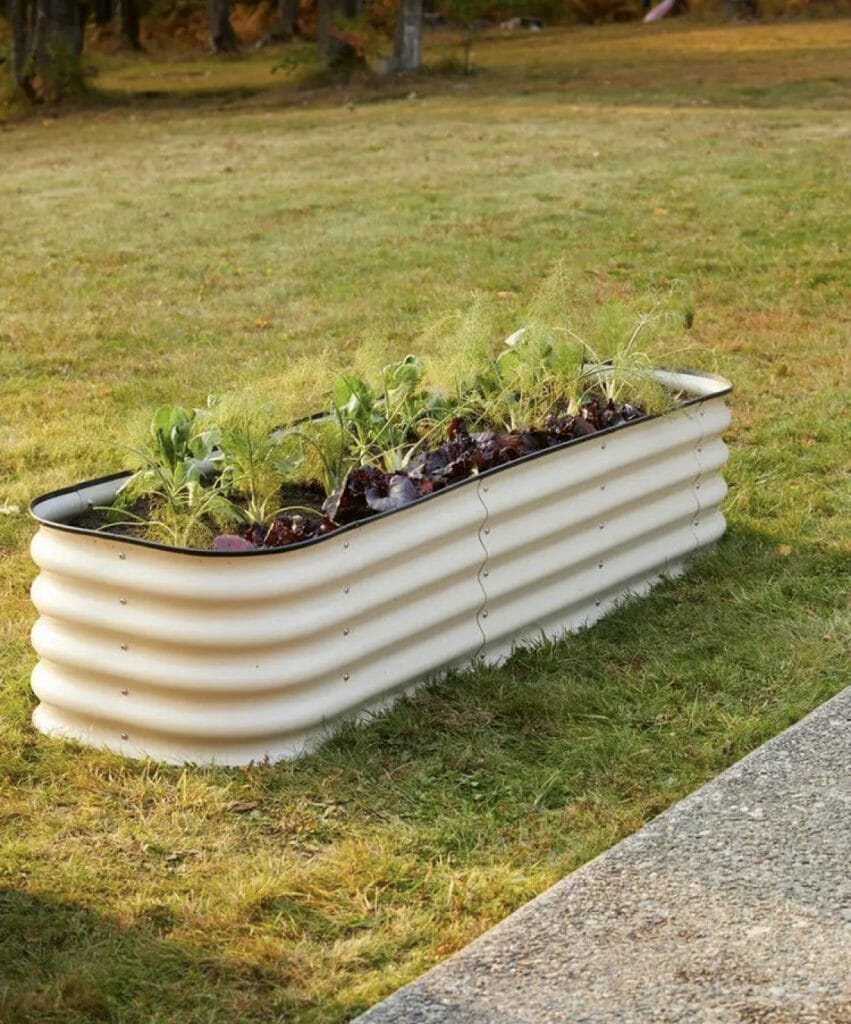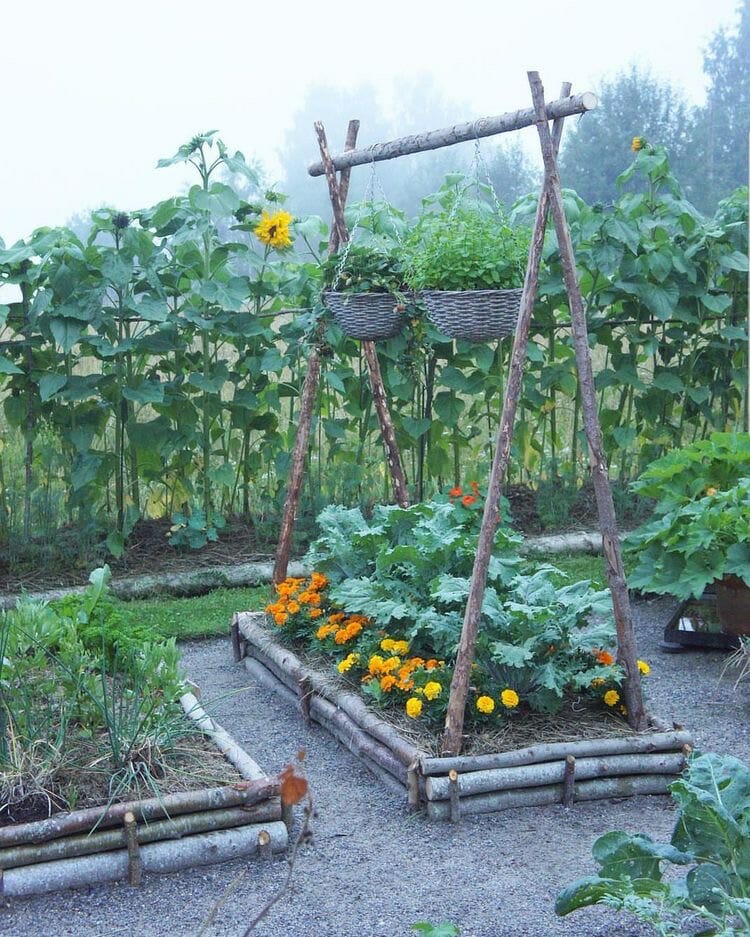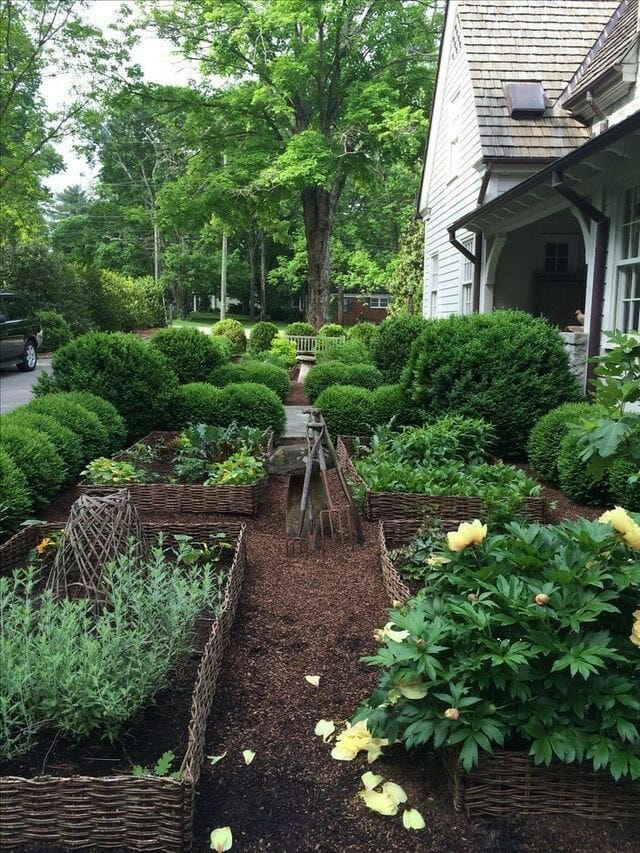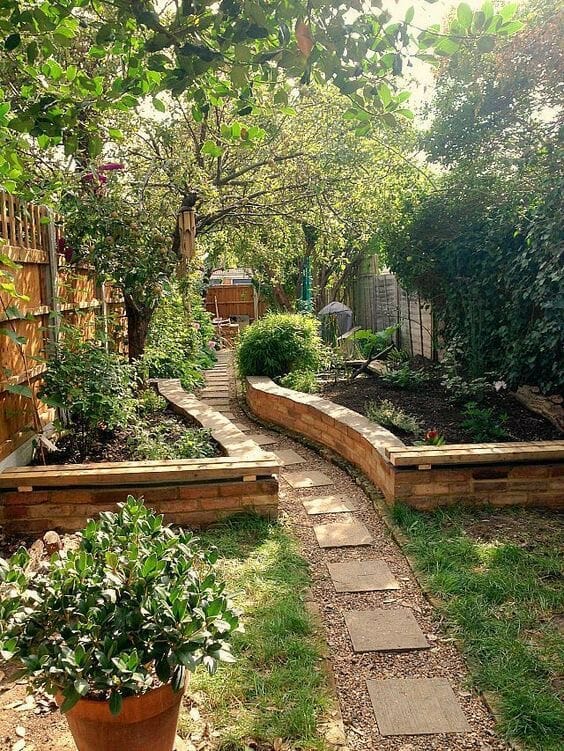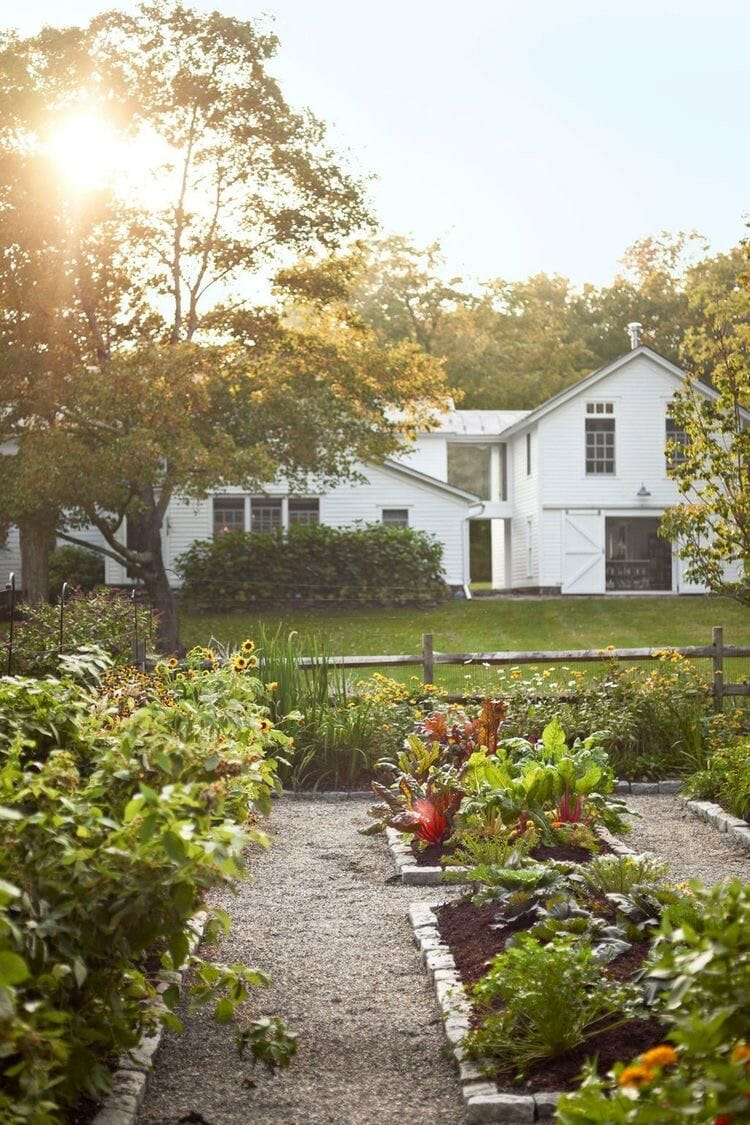
Raised Garden Bed Styles: Our 9 Favorites
Raised garden beds are form and function at its finest. I am in love with stone raised beds, though may never have them myself. Wooden beds are easiest to make and are pretty, but there are modular raised garden beds that are cheap and easy. The raised garden beds and organic gardening evolution date way back in history beyond even our precious victory gardens.
For each personality, home, and situation, there is an ideal raised bed.
So, how do we choose which style is for us?
There are three primary elements to consider in how to design raised garden beds:
- Style of home
- Affordability (in the short-term and long-term)
- Ease of use
From here, we can also insert of course, our opinions on what simply looks good to us.
But, let’s chat about the history of the raised garden bed, shall we?
Raised garden beds date back to the 17th century and beyond as a method of gardening that allowed for maximum manageability and also a way to organize the garden composition for utility. Many large homes would be seen with a variety of beds like hot beds, cold beds, vegetable beds, herb beds, flower beds, etc. It was common to place them in proximity to the house based on use. The herbs closest, then veggies, and so on.
There is this incredible piece of art called House with Six-Bed Garden by David Heubner (below) that is a beautiful testament to the raised bed gardeners of past.
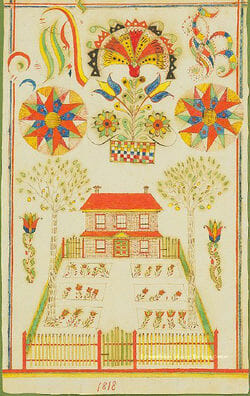
In modern times, us gardeners have taken the raised bed garden and made it our own. I am loving the back raised beds below, as they are so “now”. However, I typically opt for a more natural look.
Below are nine of our favorite raised bed gardens as of late, ranging in styles from around the world.
You can find a full Pinterest board HERE with sources for these as well.

1. Stone raised beds 
2. Uncapped wooden raised beds 
3. Black painted raised beds 
4. Potager style wooden raised beds 
5. Tall stone raised beds 
6. Modular raised bed 
7. Colonial style wooden raised beds 
8. Woven wicker raised beds 
9. Brick raised beds
Designing your raised beds to match your home
While I mention that your style of home is a great starting place for raised garden bed design, it’s not the end-all be-all. We have a brick home and will do some brick accents, but primarily have wood beds (like this U-shaped bed), or like figure four above (that is the famed Joanna Gaines garden BTW). I love the look of a french potager, and also the more rustic feeling.
For a farmhouse feel, some people love to use aluminum beds or troughs, wine barrels or even tree stumps. A more modern take can encompass our modular raised garden beds, or cement or metal edged beds. The options are becoming endless.
Raised bed ease of use
Aside from the material that your raised garden beds are made of, the depth is another big consideration. I think about garden bed height in proportion to my own height first (I’m tall, so need a higher bed to perch on), then the depth of the plants I’ll grow. I like an 18″ bed or more for root veggies, and then the overall look of the height. I prefer a lower bed actually, but find that it’s too uncomfortable for me, so made some design sacrifices there.
Lastly, when it comes to building materials for your raised garden beds, is if they are in fact able to be sat upon. The wicker bed in image eight above is too thin to sit on, so would require knealing. That can happen with fabricated metal beds as well, though you can add a lip to them.
Thinking of affordability with raised beds
While raised garden beds are practical, easy to manage, and pretty, let’s dig into how to evaluate costs.
First is the cost to buy or make them – that’s materials cost. Then, there is the cost to fill them with dirt. That is often a forgotten component. You’ll want to make sure your raised beds are filled with the best you can buy soil mix, to ensure plant health. This is often what most leads gardeners to choose raised beds after all – soil quality control.
Lastly, think long-term. Wooden raised beds will eventuall rot. You want to leave them untreated so that they aren’t processed with chemicals, but that does leave them exposed to the elements. Such is life. I recommend redwood first, then cedar, thenn pine, and so on. Metal can rust, plastic can crack, and most materials will weather to some degree. Stone seems to be pretty no-fail, but it can be costly upfront. It’s all just something to think about.
Picking and designing your raised bed garden (as well as mapping it out once finished) is personal and beautiful – like all of gardening! I hope this helps you think of options beyond your immediate thoughts and gives some insight into how to plan and prep.
Happy gardening my friends!

